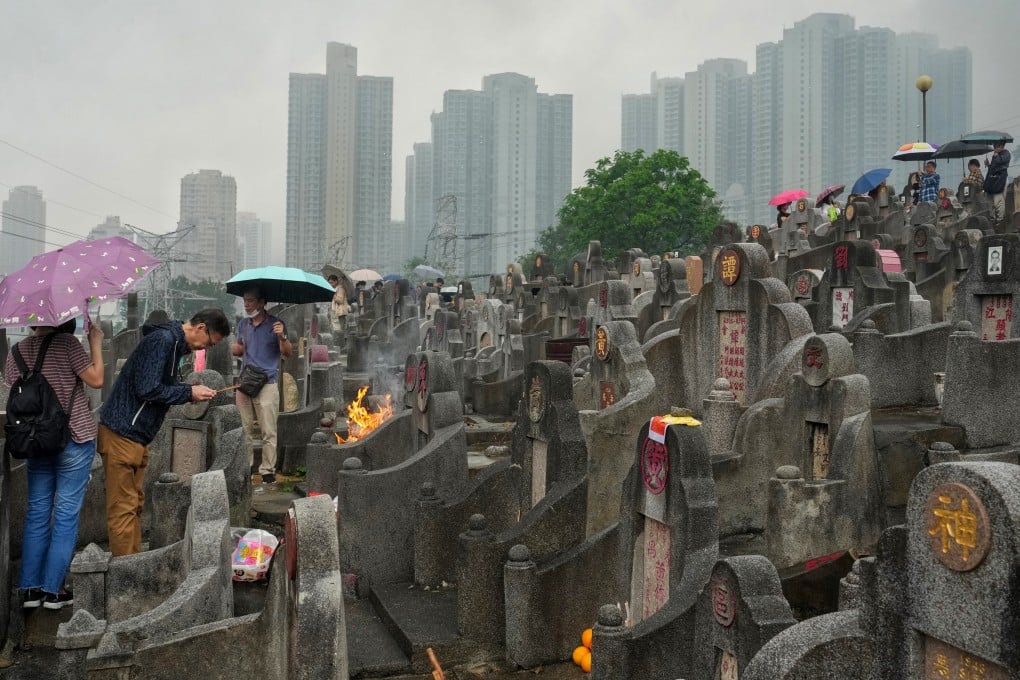Advertisement
Ching Ming Festival: 5 facts about tomb sweeping day, one of the most important in the Chinese calendar
- At Ching Ming, Chinese families honour the dead by cleaning their tombs and burning paper money and objects useful in the afterlife, such as cars, as offerings
- They use other ways to ward off evil spirits: hanging willow branches, symbols of new life, on doors and gates or weaving wreaths out of them, and flying kites
Reading Time:2 minutes
Why you can trust SCMP
6

Ching Ming falls on the 15th day after the spring equinox in the Chinese lunisolar calendar, and is a day for honouring the dead by sweeping their tombs and the burning of paper offerings.
Advertisement
An important festival in the Chinese calendar, the celebration dates back more than 2,500 years to the Zhou Dynasty (1046-256BC) when emperors offered sacrifices to their ancestors to bless their empire with peace and prosperity.
This year Ching Ming falls today. In Hong Kong, it is a public holiday.
Part of the annual ritual of paying homage to the dead is the burning of paper money (joss paper) and paper effigies of material things, from homes and handbags to iPhones and luxury cars; in 2017 a family from the Malaysian island of Penang paid almost US$4,000 for a golden paper Lamborghini sports car.

What else do we know about a festival that, at its heart, helps connect the living with the dead?
1. Coming clean

Advertisement